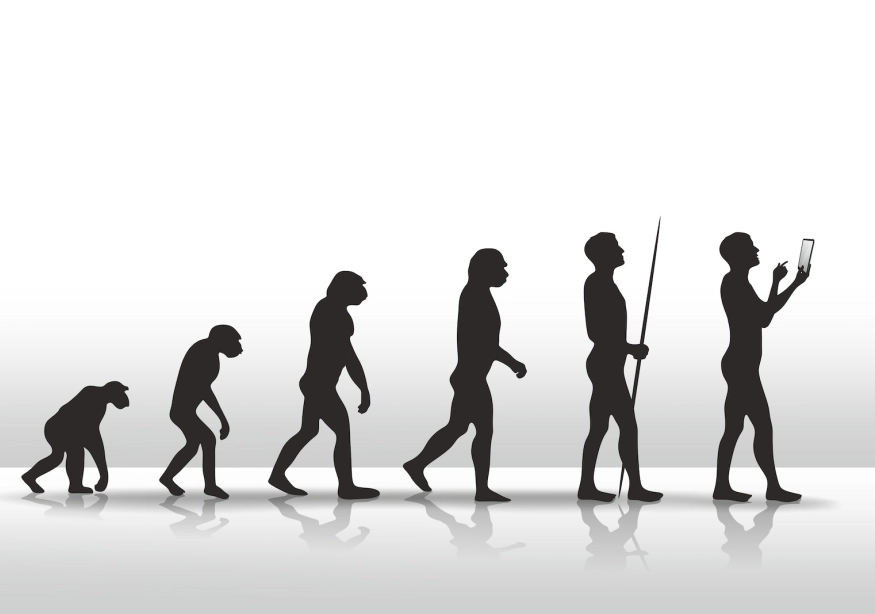Let's talk about:
Purpose of CDP
What a DXP is
How CDP and DXP work together
What’s the difference between a customer data platform (CDP) and a digital experience platform (DXP)?
The Hounder team knows there’s no shortage of acronyms in the martech universe, especially in the DXP genre. Abbreviations keep things short and sweet, so a lot of digital marketing tool names get pared down. It starts to look like alphabet soup if you’re not familiar with them.
People often ask what the difference is between a CDP and DXP, usually because they coexist and their purposes get confusing. Customer data platforms (CDP) and digital experience platforms (DXP) are not entirely separate, in fact, a CDP is usually the first on the DXP stack checklist. Let’s clear up the confusion and learn more about the differences and uses of these platforms.
The big difference between CDP and DXP:
In short, a customer data platform keeps your data all in one place while a DXP keeps all your marketing software in one place, including a CDP.
What is a CDP?
A customer data platform (CDP) is software built for managing and storing customer data across all of a business’s digital touchpoints. Typically, a CDP includes a centralized repository of customer data, with more extensive results than simple analytics, as well as tools for integrating the data between systems.
Purpose of a CDP
The primary goal of a CDP is to continuously capture customer data for up-to-date insights into a business. Marketers can use a CDP to create specific customer profiles and leverage those segments to tailor-made messaging, pulling in more sales and loyal customers.
What is a DXP?
A digital experience platform (DXP) is a fairly new addition to the martech lexicon. DXPs are software solutions focused on creating, managing, and delivering a personalized experience to customers. Its predecessor, the traditional content management system (CMS) has similar features but is not as comprehensive as the DXP. With DXPs, you can integrate multiple digital solutions for your business all in a centralized place. With a DXP, your teams can work closely together, enabling you to design and build the website, create content, analyze customer data, and much more (or less) depending on your business needs.
Purpose of a DXP
The main purpose of using a DXP is to cultivate a digital hub for your business, where all your marketing, sales, design, storage, and development software exists in one place. Most businesses seek a DXP for a seamless experience between all departments and functionalities that keep their digital presence alive.
DXP and CDP as coexisting software
The DXP is like a digital ecosystem of software components that would otherwise operate separately. Producing personalized, engaging marketing starts with having good data, so the CDP will be the foundation of your DXP stack. CDPs are what kickstarts the purpose of the DXP; it crunches the numbers in customer data and makes it easier to analyze and make more specific customer segments. Segmenting your customers based on their data through a CDP will be the crux of your marketing campaigns.
A CDP works together with other tools such as a customer relationship management system (CRM) within a DXP’s network of software to gather as much relevant data as possible.



